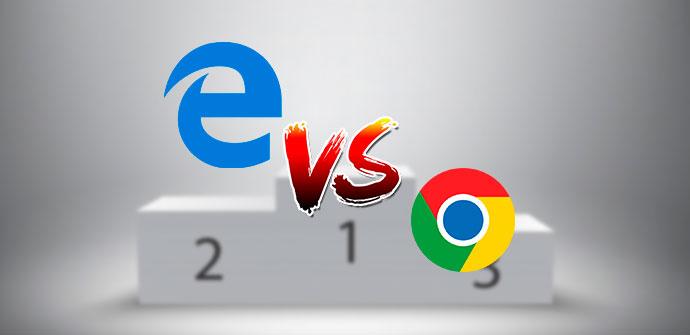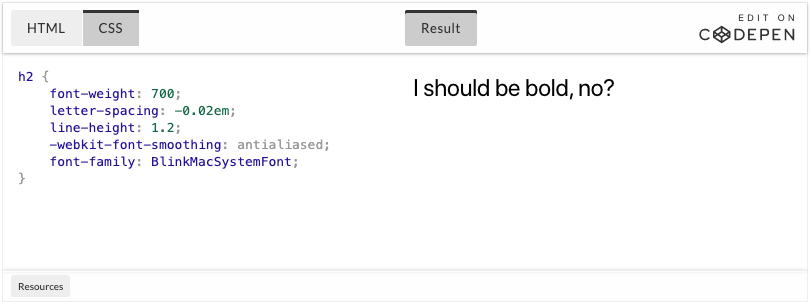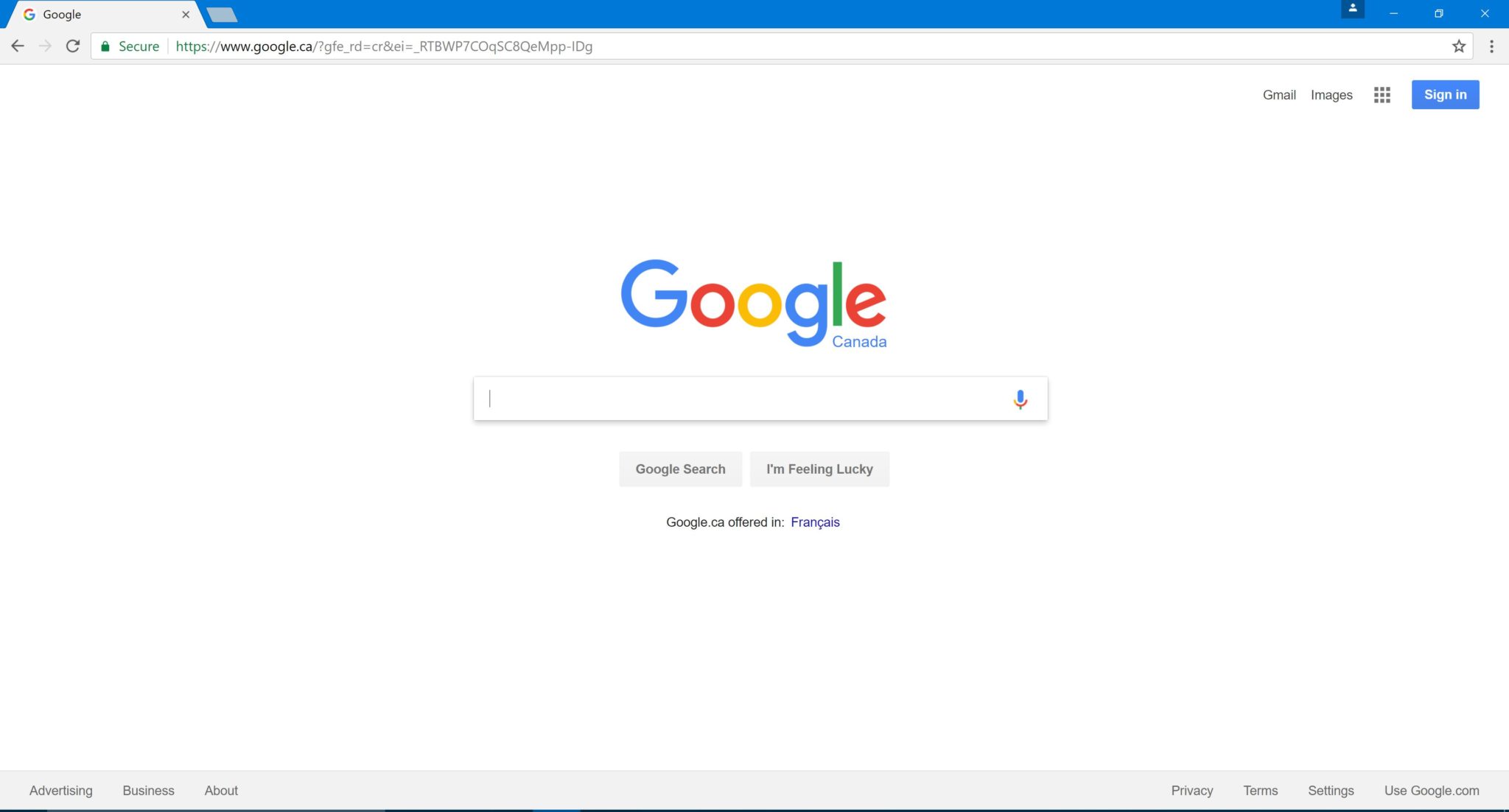

- #Chrome canary vs. chrome dev how to#
- #Chrome canary vs. chrome dev update#
- #Chrome canary vs. chrome dev android#
- #Chrome canary vs. chrome dev software#
- #Chrome canary vs. chrome dev code#
Unfortunately, however, it involves wiping your device. Thankfully, the process of switching from Chrome OS Canary back to Stable is not a complicated one. With that, you’re all set! Your Chromebook is now on the Canary channel, and you can check out many of the latest features, months ahead of everyone else. From this page, click Check for Updates to manually begin the process of updating to Canary. To get your device to begin updating, open the Settings app, open the left-hand menu, and click About Chrome OS. Your device will now use the latest updates to Chrome OS from the Canary channel. This will ask you to confirm that you really want to switch to Chrome OS Canary. Open the “crosh” terminal by pressing Ctrl-Alt-T. Once your device is in Developer Mode, we can actually make the big switch to Chrome OS Canary. You can press Ctrl-D to bypass this message.īecause your device has now been wiped, you will need to set up your account again.

Now every time it starts, you’ll be reminded for a number of seconds that your device is in Developer Mode. You’ll be prompted to confirm, because this, again, will wipe your device. Once in Recovery, press Ctrl-D to enter Developer Mode.

This will put your device into Recovery Mode. Next, hold the Escape and Refresh keys and power your device back on. Back up your files first.įirst, turn your Chromebook off. Please note: switching to Developer Mode will wipe your device. Unfortunately, switching to Chrome OS Canary requires that these safeguards be disabled by switching to Developer Mode. If you’re sure you’re already in Developer Mode, you can skip to Step 2.īy default, all Chromebooks have safeguards in place to ensure that devices remain stable and secure.
#Chrome canary vs. chrome dev update#
It’s important to know that Developer Mode is different from just being on the Developer update channel. Should things ever go very, very wrong you can also completely reset your device using the Chromebook Recovery Utility on another computer.
#Chrome canary vs. chrome dev how to#
If a few days and updates have passed and you’re still having issues, there are instructions down below on how to switch back to Chrome OS Stable. If your device still mostly works, you can usually just wait for the next update, as Canary updates almost every day. When your Chromebook does, inevitably, run into an issue, there are a few options for how to get back to work. Being this “unstable,” you should almost certainly expect there to be issues on your device while on Canary.
#Chrome canary vs. chrome dev software#
If you’re brave enough to use less-than-stable software to try out these latest features, then Chrome OS’s Canary update channel is for you-here’s how to make the switch.īefore we get started, I should warn you that Chrome OS Canary is considered by Google to be fairly unstable, because it’s always on the bleeding edge of the newest Chromium code. The frustrating thing is that it’s often weeks or months before the things we report on make it to our devices.
#Chrome canary vs. chrome dev code#
This capability allows web developers to test new codes on different Chrome versions, and adjust the code to accommodate upcoming changes.Almost every day here at 9to5Google, we try to uncover the latest developments happening in Google Chrome and Chrome OS.
#Chrome canary vs. chrome dev android#
Users can run all the four channels in parallels on Windows, Linux and Android devices. Each of these channels provides different Chrome builds ranging from the most stable and tested version to the untested and probably the most unstable build. Google Chrome supports four release channels namely: stable, Beta, Dev and Canary channel. This enables Google developers to slowly roll out new features and updates to users without breaking the latest working version of the browser. To roll out these updates to the users through a multiple release channels system, each of these release channels represents separate stages in the development system. Every new version comes with minor or major changes, often there are new features as well as bug fixes. These continuous updates result in new versions of Chrome and several builds of the version in-between. Since its introduction in 2008, Chrome browser has undergone several upgrades as Google engineers strive to fix bugs and add extra features. Related: How to block websites in Google Chrome? Google Chrome Development Process

This makes it possible to browse using GoogleĬhrome on any device such as a personal computer, smartphone, tablets and many Moreover, the Chrome browser works on a range of platforms including Windows, Secure and has a simple user interface alongside other built-in smart features. Widely used web browser among internet users worldwide.


 0 kommentar(er)
0 kommentar(er)
